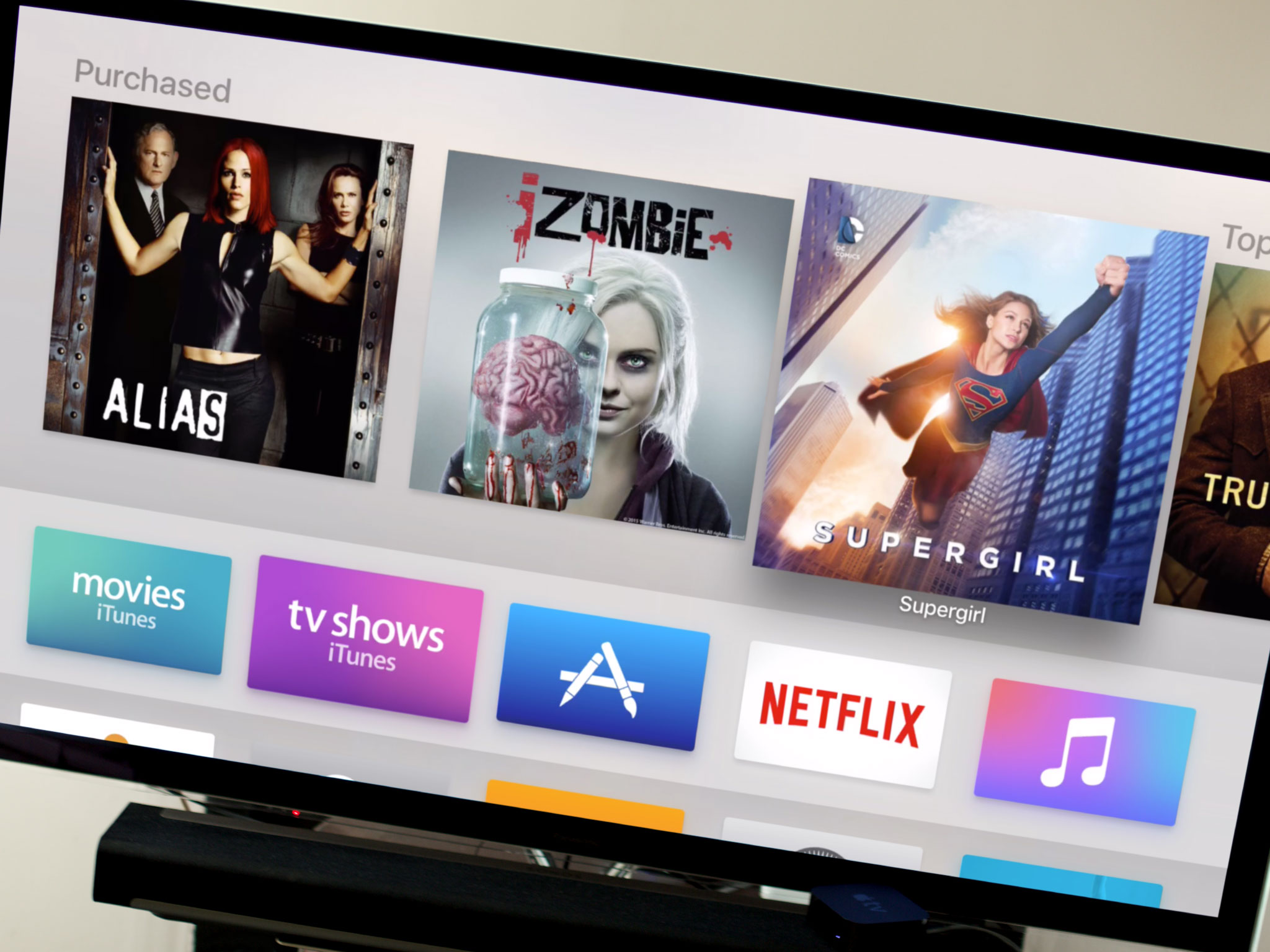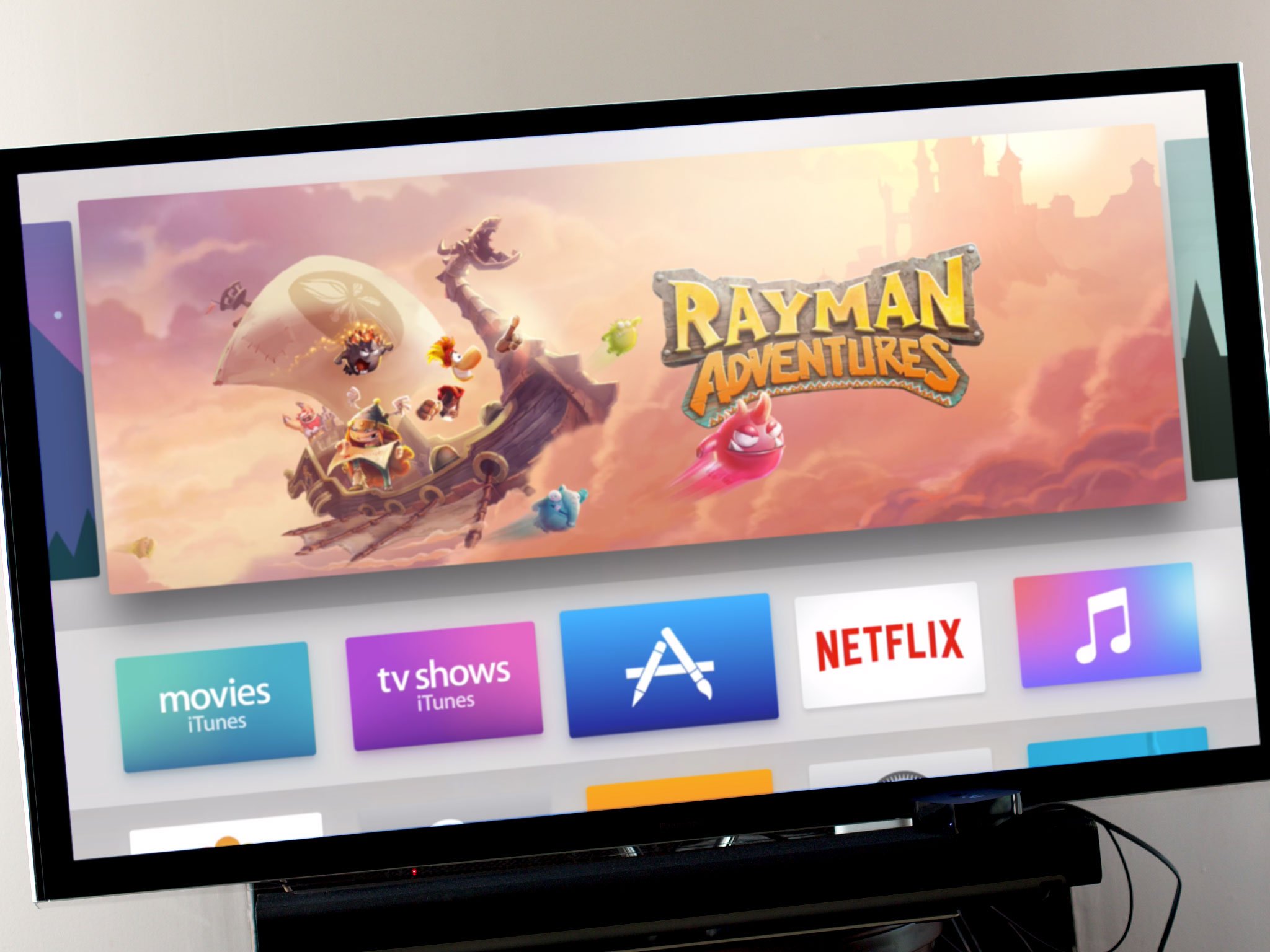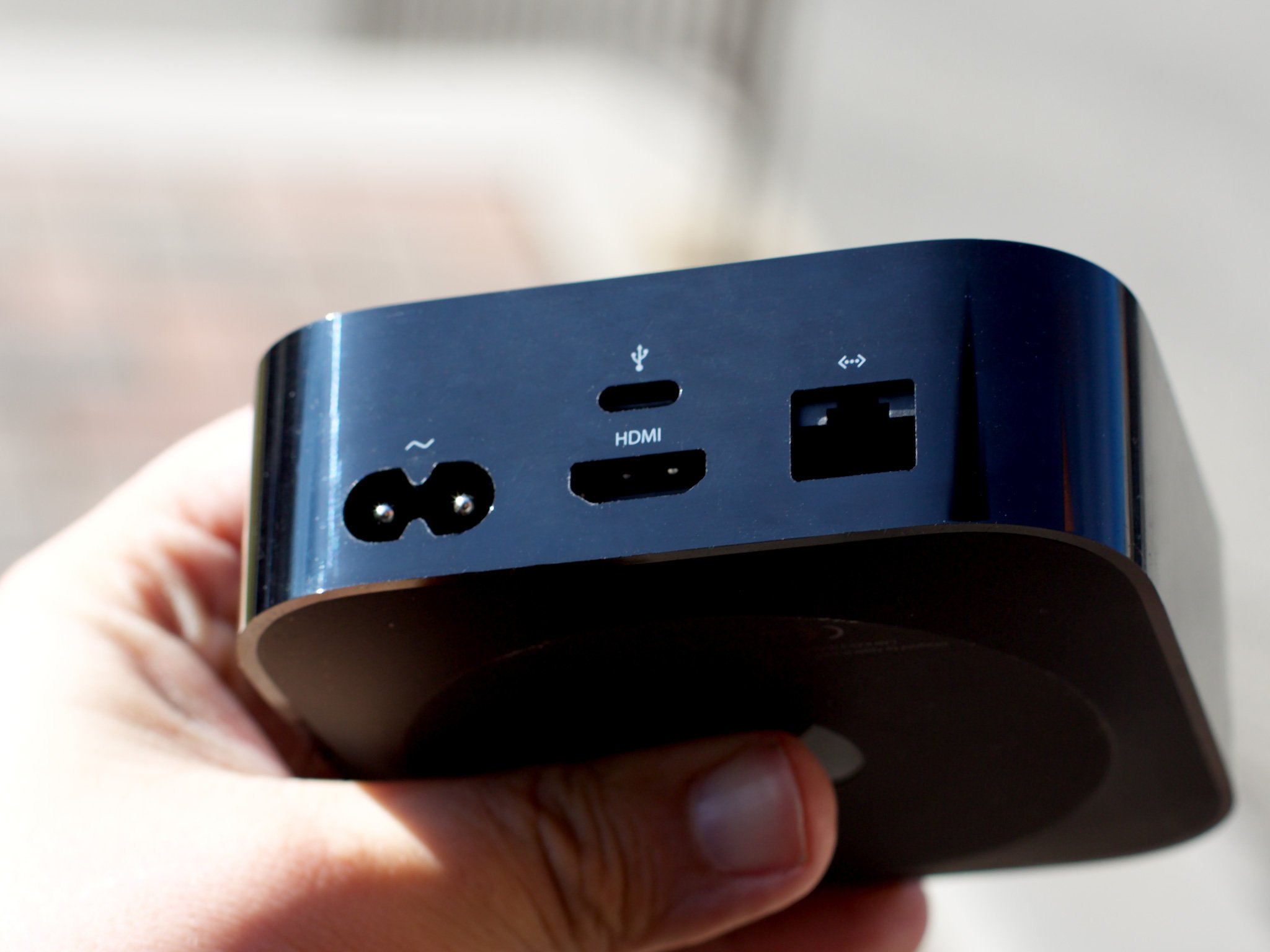How iMac set the stage for Apple TV

I started my career in the trenches of Information Technology (IT) at a large company. At the time, IT was a close society protected by its own language. If you couldn't speak it, you weren't welcome. TCP/IP or Token Ring? Novell? Norton or Quarterdeck? Anything or Microsoft? The beauty of LANs and client-server architectures. Yep, no one could understand what we were talking about, and we liked it that way just fine.
When the internet (lower case "i" these days) came along, consumers demanded it. No problem. A small cottage industry sprang up of IT moonlighters out to get the masses online — but never sharing the secrets needed to make it happen.
Then along came the iMac
The original iMac had one of the best Apple ads ever attached to it — three steps to get on online:
- Plug in iMac into the wall outlet.
- Plug the iMac into a phone line.
- And... no step three.
iMac arguably opened up a new world to an awful lot of folks and bypassed the geek hierarchy to do it.
Fast forward to home entertainment

These days consumers are expected to know all about HDR, 4K, UHD, HDF, HDMI standard 2.47x... or something like that. I used to think IT was the most incomprehensible form of technobabble. Compared to TV? Not even close.
For content, all you need is a cable or sat box (or perhaps a TiVO) on input one of your TV. Maybe a Blu-Ray player on input two or a gaming console on input three, or vice versa. And all of them have the ability to stream Netflix, of course. Even some of the TVs, which may itself be "smart" and running some weird software platform or another.
The problem is, making sense of all that jargon and setting up all those components remains as offputting to people who just want to watch content as the IT department did to people who just wanted to get on the internet.
Master your iPhone in minutes
iMore offers spot-on advice and guidance from our team of experts, with decades of Apple device experience to lean on. Learn more with iMore!
Enter the new Apple TV.
Introduced this past September, it's still not an Apple television set, but remains something far more important — a small box that requires only three steps to make it work.
- Plug the Apple TV into the wall outlet.
- Plug the Apple TV into an Ethernet adapter (or use Wi-Fi).
- And... no step three.
Sound familiar?

Tim Cook said, when introducing the new Apple TV, that "The future of TV is apps". Yep. Apple TV is the place for all your content, personal and otherwise. It's a platform for information glanceable on the large screen (the inverse of Apple Watch). And it's a great game platform that leverages iOS titles.
Is it perfect? Nope. Not even close. While Apple would like you to think the new Apple TV is good enough to replace your cable or sat box and own input one, for most folks it's not. Until Apple ‚ or anyone — can offer all the key content, including live stuff, any other box is going to be relegated to input two or three.
Apple has changed the role of that second input, though, leveraging just about everything that isn't direct network content and providing a single place to interact with it.
Then meet now
The iMac wasn't perfect when it launched either, but it set the stage for what could and did come next. If Apple can successfully own input two, teach the world all about app-driven TV, and then put together those always elusive content deals, then Apple has the perfect springboard to take on input one.
It's like the iMac all over again but in the living room. Once you take input one, you own the experience. And that's the end game.
I’ve covered the personal technology beat for more than two decades at places like Gartner, Jupiter Research and Altimeter Group. I’ve also had the fun of contributing my $.02 on the topic at Computerworld, Engadget, Macworld, SlashGear and now iMore. Most recently I spent a few years at Apple as Sr. Director of Worldwide Product Marketing. On Twitter I’m an unverified @gartenberg. I still own some Apple stock.

